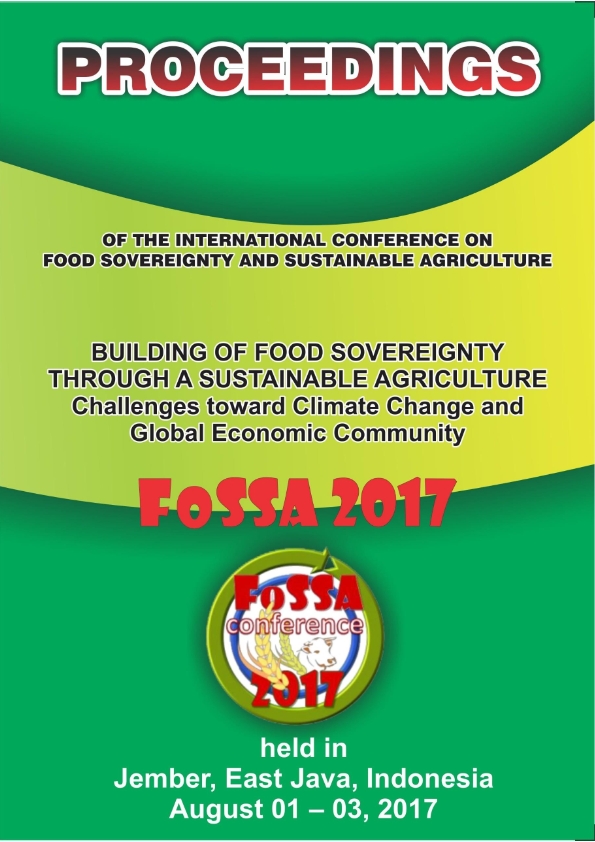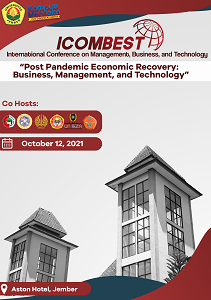COMMUNITY ENFORCEMENT TO COMMUNITY EMPOWERMENT: CASE STUDY OF CHILI COLLECTIVE MARKETING ON COASTAL SANDY LAND YOGYAKARTA SPECIAL REGION
Abstract
Coastal sandy land had been assumed as marginal land and abandoned for many years.
Farmers who was living on coastal sandy land of Kulon Progo District had faced the worst
poverty problem. Since 1970 to 1980, they had cultivated coastal sandy land subsistently. All
of the inhabitants could not have a good economic condition, education, and healthy. Eye
disease had been epidemic on the dry season while health facility was inaccessable. However,
recently, in that coastal sandy land area has been able to produce an economical commodity
such as chili, watermelon, papaya and other horticulture products. Technological innovation
which discovered by a farmer changed the socio-economics condition of coastal sandy land
farmers. It was invented by the farmer who belongs to B Farmer Group (BFG). As pioneers of
chili farming on coastal sandy land, the farmers in the BFG always attempt to invent new
technology like evolution of well for watering technology and plastic mulch to ease the most
difficult tasks of cultivating on marginal land. Those innovations diffused to neighboring
villages, G Farmer Group (GFG). Meanwhile, the GFG enforced institutionalized land planning
for the sustainability of chili farming. Then, GFG could introduce the institutional innovation
taking advantage of shared norms as a community. Community enforcement happened on the
GFG through the sanction for dishonest behavior of individual against the farmer group. The
leader takes authority control of sanction while mostly individual member awares the
equality and evennes for all of members and then, they achieved chili collective marketing
successfully. To understand how the community enforcement is part of the way to empower
the community, social network analysis was used to mapping the pattern of relationship. In
addition, exponential random graph models (ERGM) was functioned to gather the structural
effect of ties in the farmer group network. To understand the effect of leader on community
enforcement, again ERGM was used to predict the role of leaders as exogenous effects on
network. The result of social network pattern, interlocking network appears on the GFG,
members tend to get connected each other. The connection among members happened
because of the social norms and social setting on the farmer group. They attempt to form the
structural equivalence then community enforcement could empower them to work
collectively. Being connected, it means community shared the knowledge and information
conformly while connectivity among leaders have influenced on the information validity.









